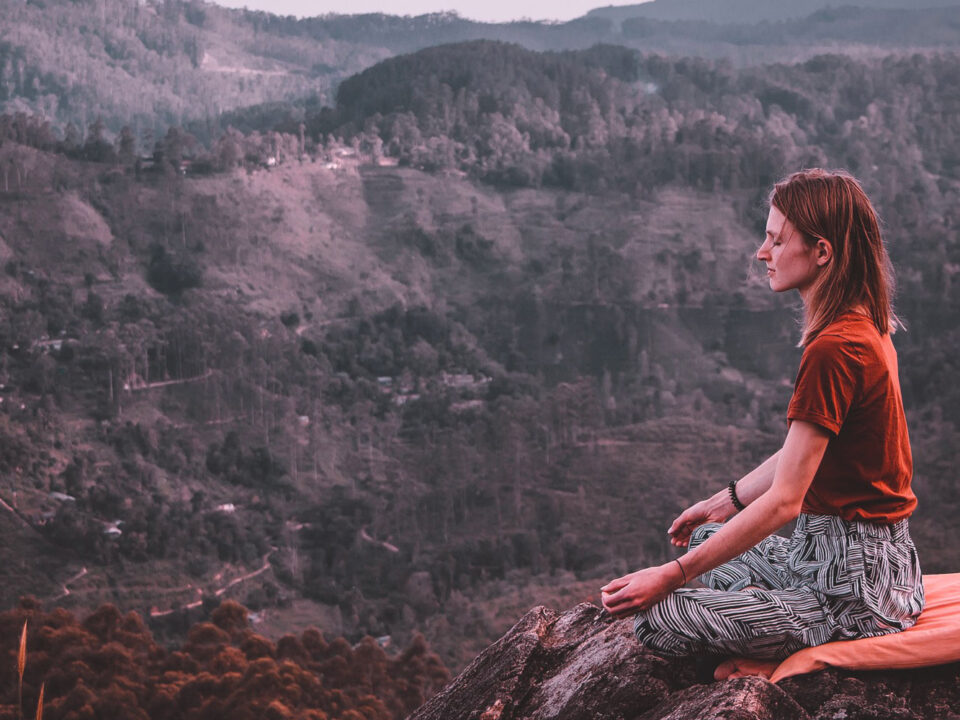
Acclimatization Week in Ecuador
30 August 2023
Ecuador Safety: Comprehensive Guide to Safe Travel in Ecuador
20 February 2024Embarking on a high-altitude journey can be exhilarating, but understanding the importance of acclimatization is paramount. In this comprehensive guide, we delve into the intricacies of why and how high altitude acclimatization is vital for a safe and enjoyable experience. From physiological changes to practical tips, this article aims to equip you with the knowledge needed for a successful high-altitude adventure.
Embarking on a journey to the Andes of Ecuador?
Ensure a seamless experience by mastering the art of conquering altitude sickness. Here at Punanti, we understand the significance of acclimatization, and we will make you triumph over the challenges posed by high altitudes in Ecuador to reach the highest summits.
In my experience, it's what you've done in the last 2 weeks that counts. If you did the Huayna Potosi a month ago, it doesn't count towards your acclimatization. On the other hand, it gives us an idea of how your body reacts to altitude, which is already a huge advantage.
The Fundamentals of Altitude Acclimatization
Why and how is high altitude acclimatization important? High altitude poses challenges to the human body due to reduced oxygen levels. Acclimatization is the body's remarkable ability to adapt to these conditions, ensuring optimal functioning at elevated altitudes. Understanding this process is crucial for anyone venturing into higher terrains.
The Physiology Behind Acclimatization
The Oxygen Conundrum : At higher altitudes, the air contains less oxygen, triggering a cascade of physiological responses. Acclimatization involves increased production of red blood cells, enhancing oxygen-carrying capacity. This adaptation ensures vital organs receive sufficient oxygen, mitigating the risk of altitude-related illnesses.
Importance for Health and Safety
Avoiding Altitude Sickness : Acclimatization serves as a natural defense against altitude sickness, a common concern for trekkers and climbers. Adequate acclimatization minimizes the risk of symptoms like headaches, nausea, and fatigue, enhancing overall safety and well-being during the journey.
Strategies for Effective Acclimatization
Adapting Gradually : One key strategy for successful acclimatization is a gradual ascent. Rushing to higher altitudes without allowing the body to adjust can lead to severe complications. Plan your itinerary to include gradual altitude increments, giving your body the time it needs to acclimatize.
Hydration and Nutrition
Fueling the Adaptation Process : Staying well-hydrated and maintaining a balanced diet are integral to acclimatization. Proper nutrition supports the body's energy demands and aids in the production of essential components for altitude adaptation.
Sleep well and no party
Sleep is a major key to your success! We recommend nights of at least 8 hours. Another important point is to reduce or even stop drinking alcohol a week before your accession.
Local Remedies
Explore local remedies like coca tea, known for its natural altitude-sickness-relieving properties. In Ecuador, there is the Chuquiraga plant that you can also drink as a tea. Embracing cultural practices can add a unique touch to your journey while aiding in altitude adaptation.
Physical Activity at Altitude
Move Smart, Acclimatize Better : Engaging in light physical activity at higher altitudes promotes blood circulation and aids in acclimatization. However, intense exercise should be approached cautiously, as the body adjusts to the reduced oxygen levels.
Remember that the smaller the steps you take, the less oxygen your muscles will need. On the contrary, if you take big steps, you'll need a much greater oxygen supply and will tire more.
Walking technique
It's impossible to hike in the Andes at high altitude (4000 m and above) at the same pace as you would in Europe / USA or in lower mountain ranges.
If you do, you'll be walking fast, your heart rate will soar and, above all, your lungs won't be able to keep up! So you'll be forced to stop. And if you start again at the same pace, you'll begin an endless loop of walking and stopping, which will be very bad for achieving your goal.
The key is commonly known as the “guide step”, which consists in taking a step that requires you to go at a maximum of 50% of your heart rate, to be able to make a prolonged effort without tiring.
Challenges in High Altitude Acclimatization
Unpredictable Altitude Responses : Individual responses to high altitude can vary significantly. Factors such as age, fitness level, and pre-existing health conditions influence how quickly one acclimatizes. Recognizing and respecting these differences is crucial for a safe journey.
Altitude-Related Illnesses
Identifying and Managing Risks : Acute Mountain Sickness (AMS), High Altitude Pulmonary Edema (HAPE), and High Altitude Cerebral Edema (HACE) are potential risks at high altitudes. Understanding symptoms and having a proactive approach to medical intervention can be life-saving.
Why and how is high altitude acclimatization important?
Frequently Asked Questions (FAQs)
How long does it take to acclimatize to high altitude? The duration varies, but a gradual ascent allows for better acclimatization. It typically takes 1-3 days to acclimatize to moderate altitudes, and longer for higher elevations.
Can medication aid in acclimatization? Certain medications, like acetazolamide, can help prevent altitude sickness by promoting faster acclimatization. Consultation with a healthcare professional is advised.
Is age a factor in acclimatization? Yes, age can influence the acclimatization process. Younger individuals often acclimatize more quickly than older ones, but individual responses vary.
Are there natural supplements that aid acclimatization? Adaptogenic herbs like Rhodiola Rosea and Gingko Biloba may support acclimatization, but their effectiveness varies. Consultation with a healthcare provider is recommended. Also you can drink an infusion of Coca leaves depending on the region, and the legal restrictions.
Can you acclimatize too quickly? Attempting to acclimatize too rapidly increases the risk of altitude sickness. Gradual ascent remains the safest approach.
Is altitude acclimatization a one-time process? Each ascent to higher altitudes requires acclimatization. Repeated exposure helps maintain the body's adaptability.
Conclusion
In conclusion, understanding the significance of high altitude acclimatization is pivotal for a safe and enjoyable experience. By respecting the body's need for adaptation, planning a gradual ascent, and being aware of individual differences, one can navigate the challenges of high altitudes successfully. Whether you're an avid mountaineer or a casual adventurer, prioritizing acclimatization ensures a memorable and risk-free journey.



